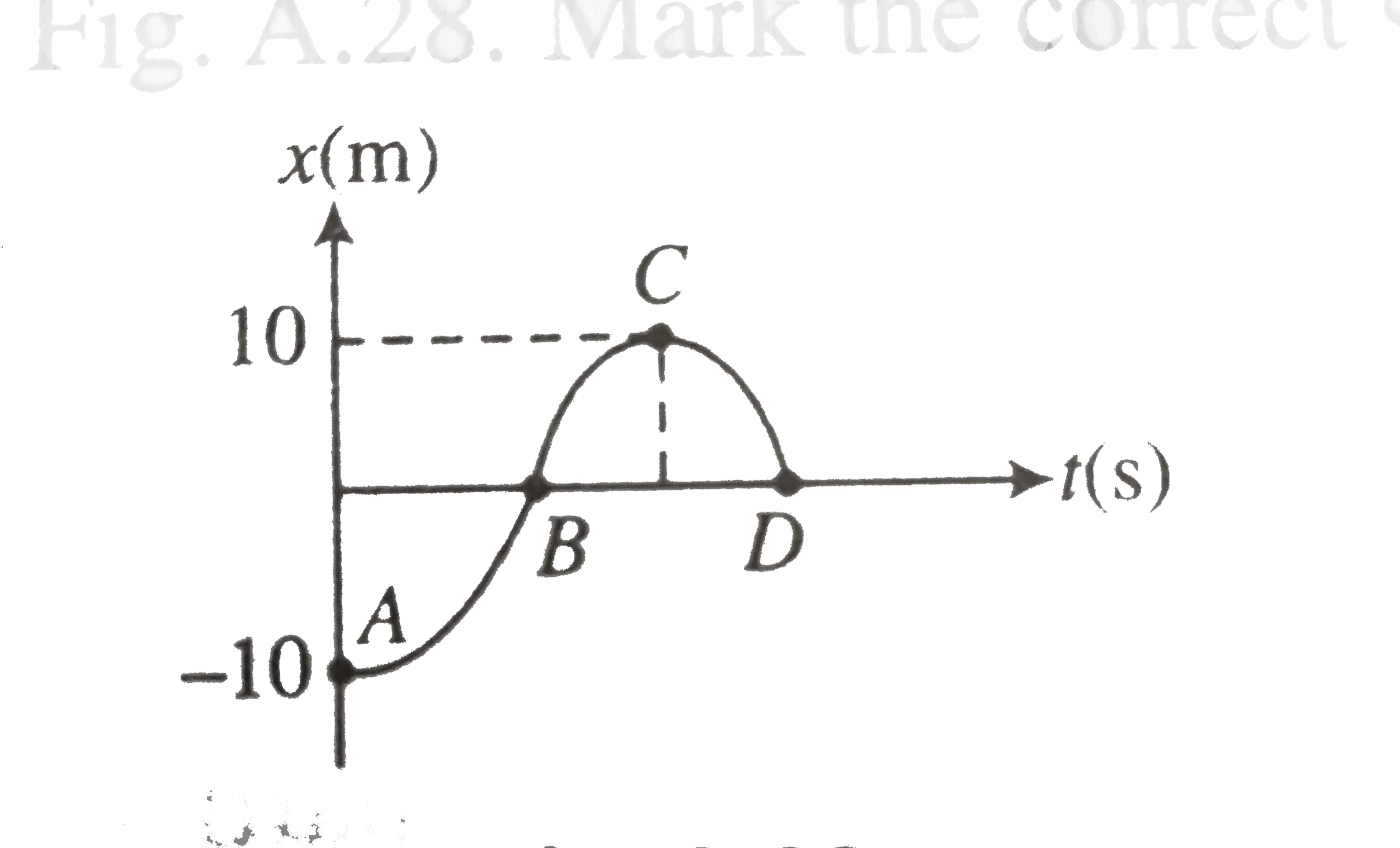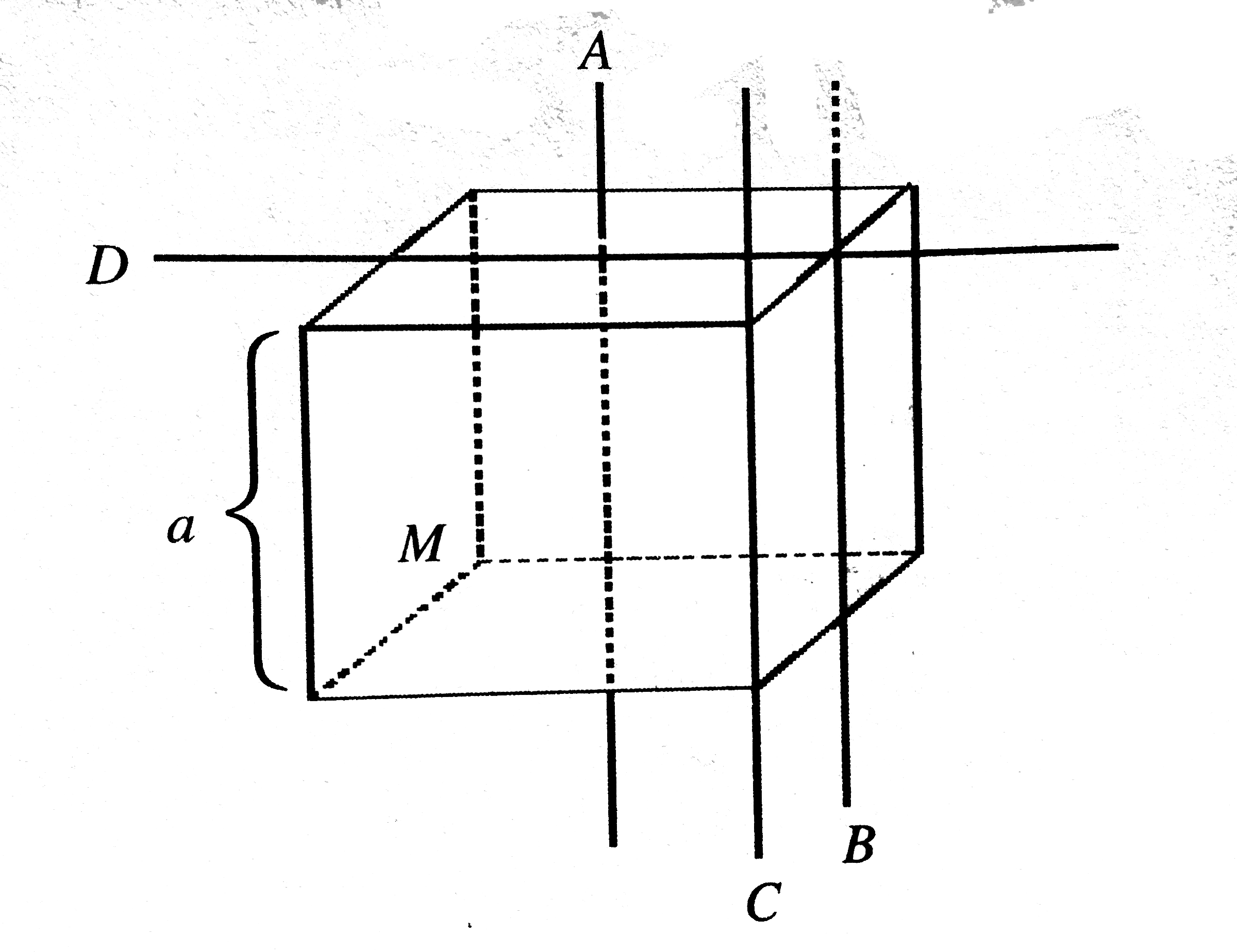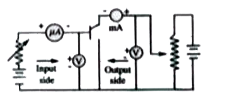Mark the correct statements (s).
if speed of a body is varying, its velocity must be varying and it must have zero acceleration
if velocity of a body is varying, its speed must be varying
a body moving with varying velocity may have a constant speed
a body moving with varying speed may have constant velocity if its direction of motion remains constant.
The correct Answer is:C
To solve the question of marking the correct statements regarding speed and velocity, we will analyze each statement based on the definitions and properties of speed and velocity.
1. Understanding Speed and Velocity:
- Speed is a scalar quantity that only has magnitude (e.g., 10 m/s).
- Velocity is a vector quantity that has both magnitude and direction (e.g., 10 m/s east).
2. Analyzing Statement 1:
- Statement: If the speed of a body is varying, then its velocity must be varying and it must have zero acceleration.
- Analysis: This statement is incorrect. Speed can vary while the direction remains constant, resulting in constant velocity. Additionally, if speed is changing, acceleration cannot be zero.
- Conclusion: False
3. Analyzing Statement 2:
- Statement: If the velocity of a body is varying, its speed must be varying.
- Analysis: This statement is also incorrect. Velocity can vary due to a change in direction while maintaining constant speed (e.g., an object moving in a circle at constant speed).
- Conclusion: False
4. Analyzing Statement 3:
- Statement: A body moving with varying velocity may have a constant speed.
- Analysis: This statement is true. A body can have varying velocity if the direction changes while the speed remains constant (e.g., uniform circular motion).
- Conclusion: True
5. Analyzing Statement 4:
- Statement: A body moving with varying speed may have constant velocity if its direction of motion remains constant.
- Analysis: This statement is true. If the speed varies but the direction remains constant, the velocity can still be considered constant in terms of direction, but the magnitude of the velocity will change.
- Conclusion: True
Final Marking of Statements:
- Statement 1: False
- Statement 2: False
- Statement 3: True
- Statement 4: True
- Speed is a scalar quantity that only has magnitude (e.g., 10 m/s).
- Velocity is a vector quantity that has both magnitude and direction (e.g., 10 m/s east).
- Statement: If the speed of a body is varying, then its velocity must be varying and it must have zero acceleration.
- Analysis: This statement is incorrect. Speed can vary while the direction remains constant, resulting in constant velocity. Additionally, if speed is changing, acceleration cannot be zero.
- Conclusion: False
- Statement: If the velocity of a body is varying, its speed must be varying.
- Analysis: This statement is also incorrect. Velocity can vary due to a change in direction while maintaining constant speed (e.g., an object moving in a circle at constant speed).
- Conclusion: False
- Statement: A body moving with varying velocity may have a constant speed.
- Analysis: This statement is true. A body can have varying velocity if the direction changes while the speed remains constant (e.g., uniform circular motion).
- Conclusion: True
- Statement: A body moving with varying speed may have constant velocity if its direction of motion remains constant.
- Analysis: This statement is true. If the speed varies but the direction remains constant, the velocity can still be considered constant in terms of direction, but the magnitude of the velocity will change.
- Conclusion: True
- Statement 1: False
- Statement 2: False
- Statement 3: True
- Statement 4: True
Topper's Solved these Questions
- BOOK - RESONANCE ENGLISHCHAPTER - DAILY PRACTICE PROBLEMSEXERCISE - dpp 218videos
DAILY PRACTICE PROBLEMS
- BOOK - RESONANCE ENGLISHCHAPTER - DAILY PRACTICE PROBLEMSEXERCISE - dpp 22.8videos
DAILY PRACTICE PROBLEMS
- BOOK - RESONANCE ENGLISHCHAPTER - DAILY PRACTICE PROBLEMSEXERCISE - dpp 194videos
DAILY PRACTICE PROBLEMS
- BOOK - RESONANCE ENGLISHCHAPTER - CURRENT ELECTRICITYEXERCISE - Exercise53videos
CURRENT ELECTRICITY
- BOOK - RESONANCE ENGLISHCHAPTER - ELASTICITY AND VISCOCITYEXERCISE - Advanced Level Problems9videos
ELASTICITY AND VISCOCITY
Similar Questions
For a particle moving along x-axis, a scaled x-6 graph is shown in figure. Mark the correct statement (s).
 View Solution
View SolutionA ball is thrown upwards into air with a speed greater than its terminal speed. It lands at the same place from where it was thrown. Mark the correct statement (s).
View SolutionAt time t=0, a car moving along a straight line has a velocity of 16ms−1. It slows down with an acceleration of −0.5tms−2, where t is in second. Mark the correct statement (s).
View SolutionMark the correct statement (s).
View SolutionIllustrated is a uniform cubical block of mass M and side a Mark the correct statement (s)
 View Solution
View SolutionA thin conductinrod AB is introduced in between the two point charges +q1andq2 as shown in figure.For this situtation mark the correct statement (s).
 View Solution
View SolutionFor a particle moving along the x-axis, mark the correct statement(s).
View SolutionThe circuit diagram below shows n-p-n transistor in CE configuration. For this configuration, mark the correct statement(s).
 View Solution
View SolutionMark the correct statement(s).
View SolutionMark the correct statement(s).
View Solution

